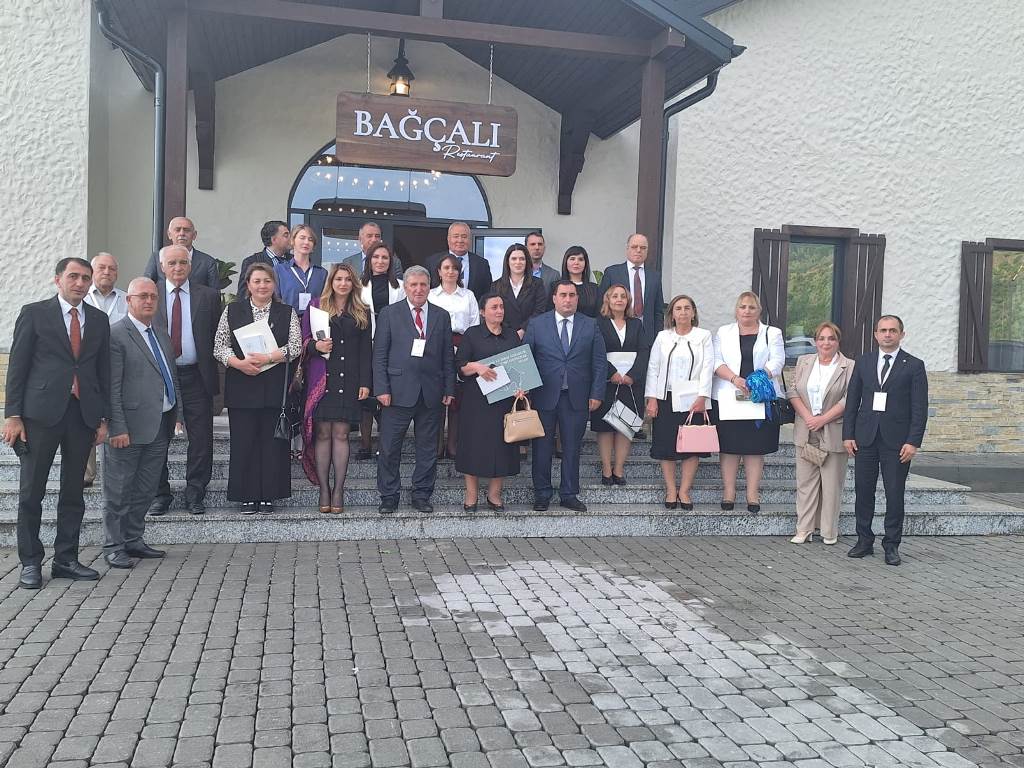
- A-
- A
- A+
The lower jawbone found in the Azykh cave is preserved in the History Museum
The lower jawbone found in the Azykh cave located in Khojavend district is preserved in the Special Fund of the National Museum of Azerbaijan History of ANAS.
The lower jawbone of an 18-20-year-old woman who lived 350,000-400,000 years ago was discovered in June 1968 during archeological excavations in the 4th horizon of the 5th layer of the Azykh cave by a Paleolithic archeological expedition led by Mammadali Huseynov. The jawbone is thick and the teeth are small. During the paleoanthropological study of the remains of Azykhantrop, D. Hajiyev determined that they belonged to a woman aged 18-22. Due to its anthropological features, it corresponds to the synanthropic and Heidelberg man, but is also close to the Neanderthal man. Azykhantrop is the first paleoanthropic transition. Azykhantrop, which lived about 350-400 thousand years ago, is considered to be one of the oldest human remains in the world.
Many stone tools and animal bones were also found in the Ashel layer where the Azykhantrop bone was found. Based on some findings, it is believed that Azykhantrop knew how to count and had religious ideas. The remains of Azykhantrop prove that Azerbaijan is one of the territories where ancient people were formed.
©All rights are reserved. Citing to www.science.gov.az is necessary upon using news.
Similar News
Links


 Elm TV
Elm TV
 Photo
Photo
 Video
Video




